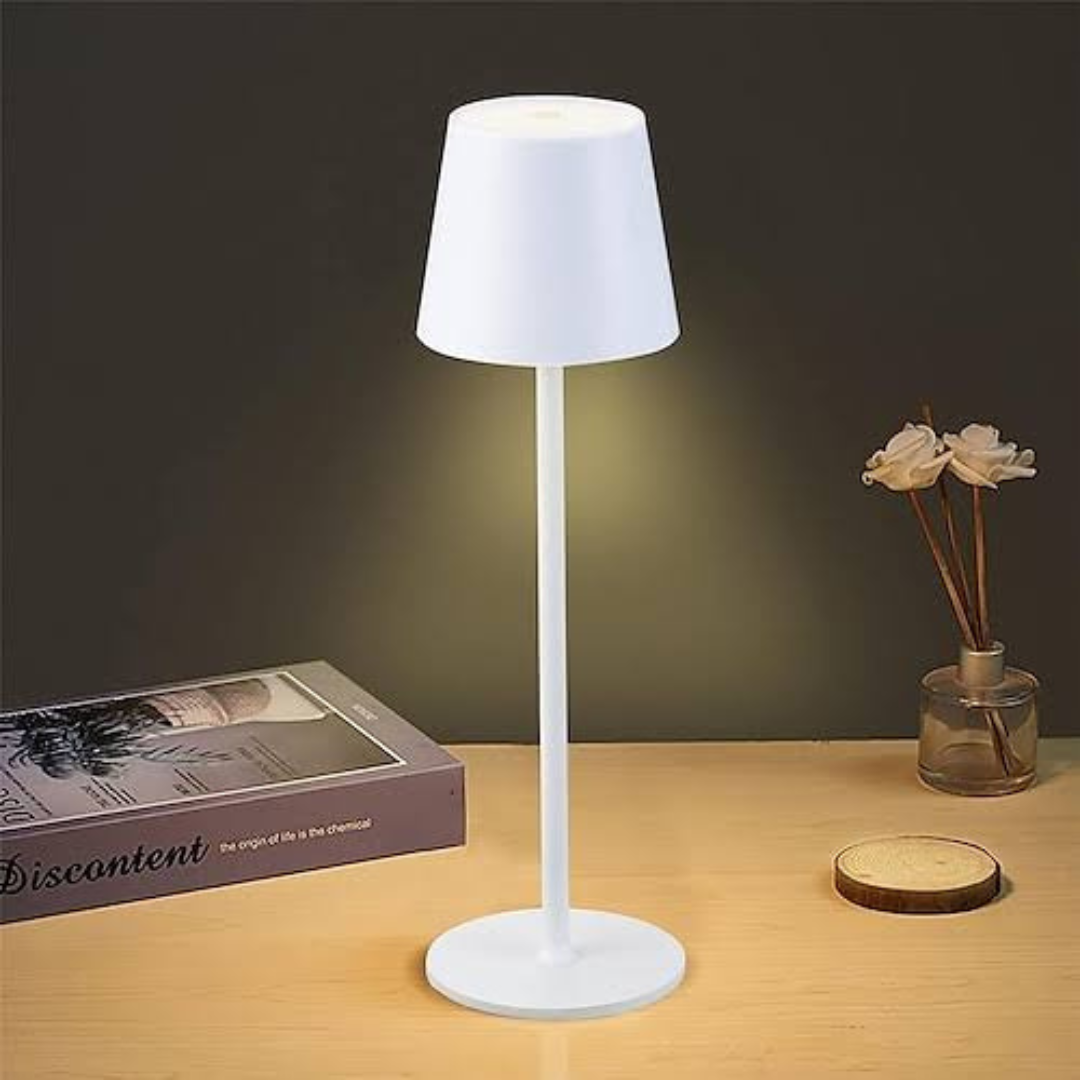
How to choose a lampshade for a floor lamp
Lighting plays a crucial role in home décor, and choosing the right lampshade for a floor lamp can significantly impact both ambiance and functionality. The perfect lampshade should complement your decor, provide the desired lighting effect, and fit the lamp base proportionally.
Here's a detailed guide to help you pick the best lampshade for a floor lamp.
Choosing a Lampshade for a Floor Lamp: Step-by-Step Guide
A well-chosen lampshade for a floor lamp can transform your space while enhancing the lamp's functionality.
Every detail is crucial, from selecting the right shape and size to choosing the perfect material and color. Follow this step-by-step guide to find a lampshade that complements your decor and meets your lighting needs.
1. Consider the Shape of the Lampshade
The shape of the lampshade should harmonize with the base and the room's aesthetics. Here are some common shapes:
- Drum Lampshades – Cylindrical and contemporary, they distribute light evenly, making them ideal for modern interiors.
- Empire Lampshades – Classic and slightly flared, they focus light downward while diffusing some upwards.
- Bell Lamp Shades – Elegant with a curved silhouette, they work well in traditional settings.
- Square or Rectangular Lamp Shades – Best suited for angular lamp bases and modern decor styles.
2. Choose the Right Size
Selecting the correct size is essential for balance and proportion. Follow these guidelines:
- The width of the lampshade should be twice the width of the lamp base at its widest point.
- The shade should be about one-third the total height of the lamp.
- Ensure the lampshade covers the bulb socket but does not obstruct too much light
3. Select the Best Material for Your Needs
Lampshades come in various materials, each affecting the light output and aesthetic differently:
- Fabric Lampshades – Softens and diffuses light, creating a warm ambiance.
- Paper Lampshades – Lightweight and affordable, but they can be fragile.
- Glass Lampshades offer a sleek and elegant look and are often used in contemporary designs.
- Metal Lampshades – Direct and reflect light downward, making them great for task lighting.
4. Pick the Right Color and Pattern
The color and pattern of the lampshade influence the room's atmosphere:
- Neutral Colors – Beige, white, or gray shades offer versatility and fit in most settings.
- Bold Colors – Make a statement and add character to the space.
- Patterns and Textures – Stripes, florals, or pleated designs can enhance the décor theme.
5. Consider the Type of Lighting You Need
Think about the primary function of your floor lamp:
- Ambient Lighting – opt for light-color fabric shades for a soft glow.
- Task Lighting – Choose a downward-directed shade like metal or opaque materials.
- Accent Lighting – A decorative shade with intricate patterns can add visual interest.
6. Check the Fitting Type
Lampshades come with different fittings to attach to the lamp base. The most common types are:
- Spider Fitting – Works with a harp and finial system, which is common in table and floor lamps.
- Clip-On Fitting – Clips directly onto the bulb, usually for smaller shades.
- Uno Fitting – Attaches directly to the lamp socket, often found in modern floor lamps.
7. Match Your Home Décor Style
Ensure that the lampshade complements the overall design theme of your space:
- Modern and Minimalist – Sleek drum or rectangular shades in neutral tones.
- Traditional – Classic bell or empire shades in fabric or pleated designs.
- Rustic and Industrial – Metal or woven shades that create a cozy ambiance.
- Bohemian and Eclectic – Patterned or colorful shades for a unique look.
8. Ensure Proper Light Diffusion
The level of light diffusion affects the mood and functionality of the lamp:
- Opaque Shades – Direct light is downward and suitable for reading or focused lighting.
- Translucent Shades – Allow soft, diffused light, perfect for ambient lighting.
- Patterned or Cut-Out Shades – Create interesting shadow effects for a decorative touch.
If you also want to maximize illumination, check out our guide on the best lamp shade for brightness, which explores how different shade types can enhance your lighting setup.
9. Consider Maintenance and Durability
Different materials require varying levels of upkeep:
- Fabric shades need regular dusting and occasional deep cleaning.
- Glass and metal shades can be wiped clean easily but may show fingerprints.
- Paper shades are delicate and may not be suitable for high-traffic areas.
10. Budget and Quality Balance
Lamps are available at different price points. While budget options are tempting, a high-quality lampshade ensures durability and better light diffusion.
- Affordable Options – Simple fabric or paper shades.
- Mid-Range Choices – High-quality fabric, glass, or textured designs.
- Luxury Picks – Custom-made or designer lampshades with premium materials.
For a wide selection of lamps and shades across all price ranges, check out the stunning collection at E-ONE STORE, where quality meets affordability, making it easy to find the perfect lamp for your space.
Conclusion
Choosing the perfect shade for a floor lamp involves balancing style, functionality, and proportion. By considering the shape, size, material, color, lighting effect, and decor compatibility, you can enhance the aesthetics and practicality of your space.
Frequently Asked Questions
1: Are all lamp shades the same?
Answer: No, not all lampshades are the same. They vary in shape, size, material, color, and fitting type, each affecting the lighting and aesthetics of a space differently.
Some common types include drum, empire, bell, and rectangular shades made from materials like fabric, paper, glass, or metal. The right choice depends on the lamp’s purpose, room décor, and desired lighting effect.
2: How do you match a lamp to a lampshade?
Answer: To match a lamp to a lampshade, ensure the shape complements the lamp base (e.g., drum shades for modern bases, bell shades for traditional styles).
The size should be proportional, with the shade about one-third of the lamp’s height. Choose a material and color that suits the room’s décor and desired lighting effect.
3: Do floor lamps light up a room?
Answer: Yes, depending on their design and shade, floor lamps can brighten a room. Ambient floor lamps with translucent shades spread light evenly for a cozy glow.
While task lamps focus light on specific spots, like a reading nook. Picking the right bulb and shade helps create the perfect lighting for your space.
4: How bright should a floor lamp be?
Answer: The brightness of a floor lamp depends on how you use it. For general lighting, it should be 1,500 to 3,000 lumens to light up the room.
For reading or working, 450 to 800 lumens is enough. Using the right bulb and shade helps get the perfect light.
